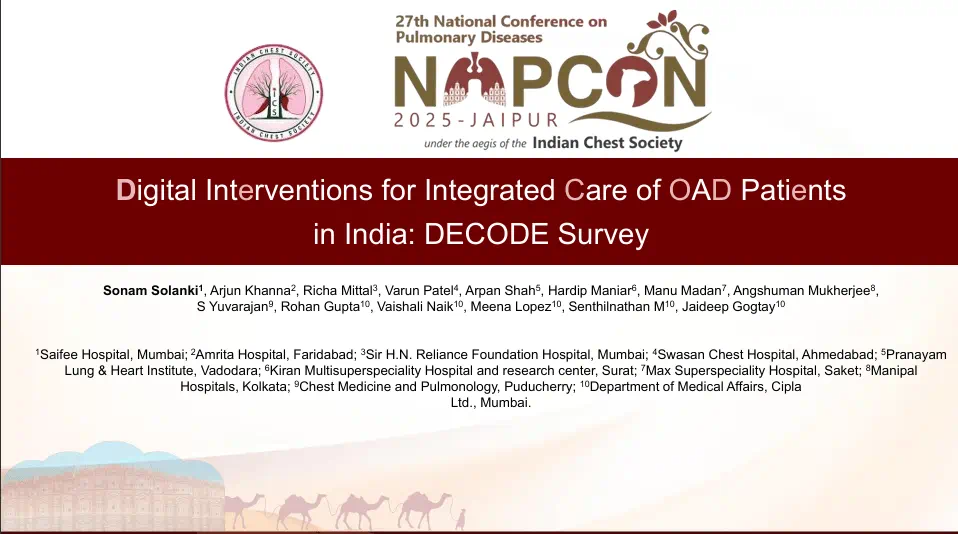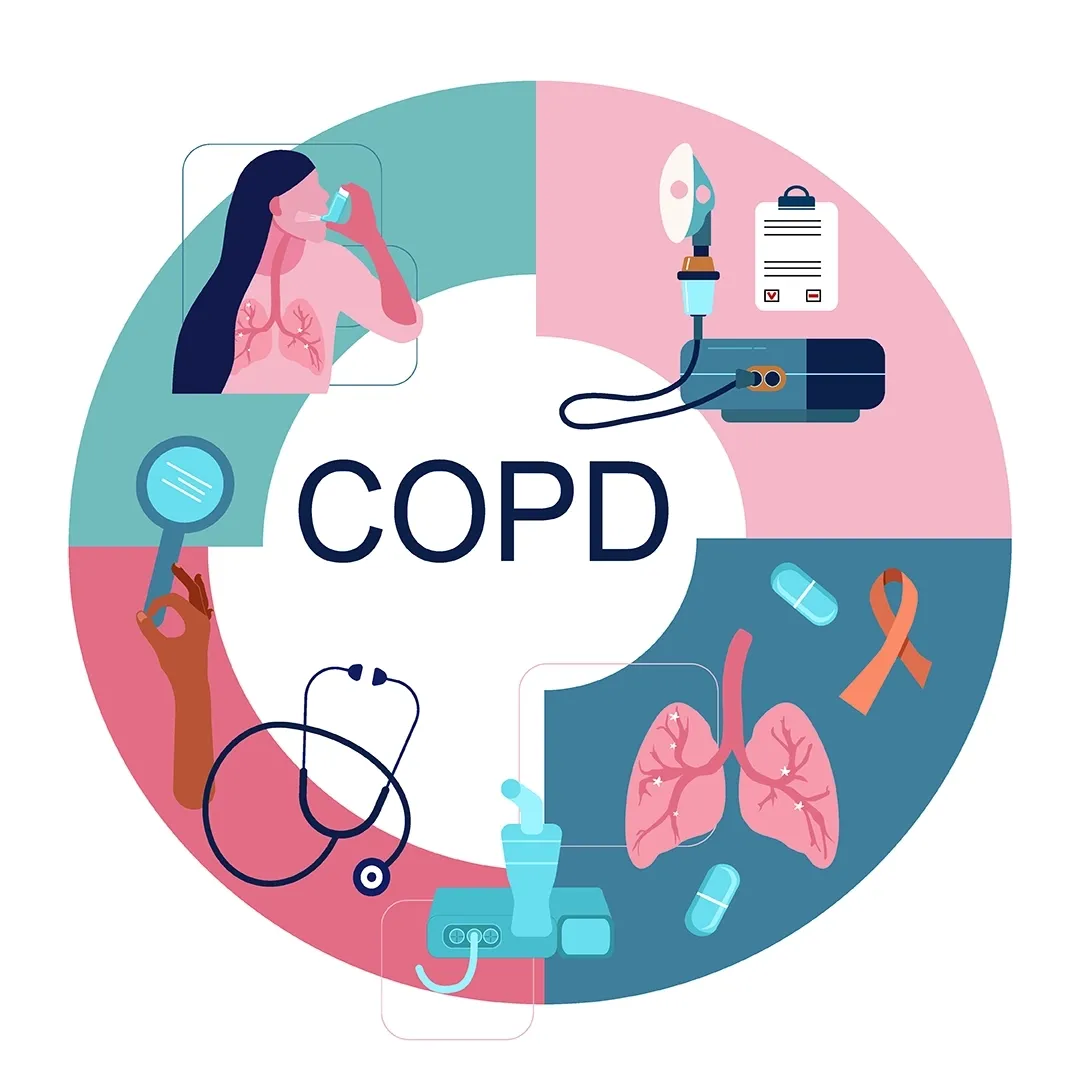BLISS Study: Continuous Administration of Beta-lactams Associated with Higher Clinical Cure Rates and Better PK/PD Target Attainment Compared to Intermittent Bolus Dosing
Introduction
Mortality due to severe infections remains persistently high worldwide, ranging from 30 to 50 % in patients with severe sepsis and 40 to 80 % in those with septic shock.
Intervention like optimised antibiotic therapy may improve treatment outcomes in severe sepsis. Beta-lactam antibiotics display time-dependent activity due to this characteristics maximal beta- lactam effects are considered more likely with continuous infusion (CI) rather than traditional intermittent bolus (IB) dosing. IB dosing may produce beta-lactam concentrations below the MIC for much of the dosing interval, particularly in the ICU where pathogens with higher MIC values are relatively common.
Aim
To determine if continuous infusion (CI) of beta-lactam antibiotics is associated with improved clinical outcomes compared to Intermittent bolus (IB) dosing in a large cohort of critically ill patients with severe sepsis in a Malaysian ICU setting.
Patient Profile
- 220 patients were screened, 140 eligible patients randomised. Main reason for exclusion was renal replacement therapy
- Adult (>18 years)
- Severe sepsis (defined as presumed or confirmed infection with new organ dysfunction) in previous 48 hours
- Indication for cefepime, meropenem or piperacillin/tazobactam with < 24 hr therapy at time of assessment
- Expected ICU stay greater than 48 hrs
Methods
Study Design
- A Prospective, two-centre, open-labelled, randomised, controlled trial
- Participants receiving, or about to receive, cefepime, meropenem or piperacillin/tazobactam were randomly allocated to either a CI (intervention arm) or IB (control arm) treatment arm
Intervention
- Continuous infusion (CI) of beta-lactam antibiotics
- Loading dose of chosen antibiotic
- Continuous infusion thereafter
- 6gm Cefepime over 24 hours
- 3g Meropenem over 24 hours
- 18g Piperacillin-tazobactam over 24 hours
Control
- Intermittent bolus (IB) of beta-lactam antibiotics
- Loading dose of chosen antibiotic
- Intermittent infusion thereafter
- Cefepime - 2gm every 8 hrs
- Meropenem - 1gm every 8 hrs
- Piperacillin-Tazobactam - 4.5gm every 6 hrs
Study Outcomes
Primary Outcome
- Clinical cure at 14 days after antibiotic cessation
Secondary Outcome
- PK/PD target attainment
- ICU-free days and ventilator-free days at day 28 postrandomisation,
- 14- and 30-day survival
- Time to white cell count normalisation
Results
- Higher clinical cure rate at 14 days after antibiotic cessation in CI vs IB (p=0.011)
- Continuous infusion: 56%
- Intermittent bolus: 34%
- PK/PD target attainment: Significantly higher in CI (p<0.001)
- Continuous infusion: 100% fT>MIC 97% on day 3
- Intermittent bolus: 100% fT>MIC 68% on day 3
- Ventilator-free days at 28 days: Favours CI group (P-value< 0.043)
- Continuous infusion: 22 days
- Intermittent bolus: 14 days
- No significant difference was observed in ICU-free days at 28 days
- Time to white cell count normalisation: Favours CI group (p<0.001)
- Continuous infusion: 3 days
- Intermittent bolus: 8 days
- No significant difference was observed in 14-day or 30-day survival between the treatment arms
Conclusion
- In critically ill patients with severe sepsis not receiving RRT, continuous Infusion of beta-lactam was associated with higher clinical cure rates and better PK/PD target attainment compared to IB dosing for three common beta-lactam antibiotics
- The study authors suggested that beta-lactam CI might be most beneficial for critically ill patients with a high level of illness severity, who are infected with less susceptible microorganisms and that are not receiving RRT
- Further studies are needed to understand whether the potential benefits of continuous beta-lactam infusion do indeed translate into survival benefit in critically ill patients with severe sepsis
Reference
Intensive Care Med (2016) 42:1535–1545









